I want more ferns for our fern wall and some of our ferns are ripe for dividing. After breaking the bank with our flat renovations and garden last year, I’m keen to save money by propagating from the plants we have (it’s also much more interesting and, as you probably know, I’m a propagation geek…). Dividing ferns is pretty easy, and below is how I do it.
Step 1: Grab a fern
Step forward one of my three year old Dryopteris filix-mas, a native fern that is beautiful and tough as old boots. Well, beautiful except after winter…
Step 2: identify the different crowns and joins
This Dryopteris had five new crowns this year where it previously had one. You can see them easily, it’s the circles of fronds around growing points. Below is a really clear example from another native fern, Asplenium scolopendrium.
Other ferns, like our native Polypodium vulgare, grow from rhizomes which are above or below ground roots that run through the soil with fronds growing off them every few centimetres. These are even easier to divide because you just take a segment of rhizome with a frond attached. Early spring is a good time to divide a fern before its fronds unfurl, before it comes into growth (or in Autumn apparently).
Step 3: Remove from pot (easier said than done sometimes)
It had been stuffed in that little pot for three years and was wedged in so its roots had to be cut with a knife and then the plant forced out with a rod through the drainage hole – it put up a good fight but ultimately it lost…
Step 4: Divide the fern with a clean, sharp knife
Next, with a sterile and sharp garden knife, I cut through the middle of the roots and through the join between the largest crown and the other smaller ones. Making sure they each had a good rootball.
They still have a good root mass each
That would probably do it for most people and you would have two good size plants instantly. Because I was feeling cavalier (and cheap) I wanted more plants, so I cut out two of the smaller crowns too. I know Dryopteris filix-mas is one tough cookie and should continue to grow well as long as the crowns have good roots.
Voila! Four Dryopteris filix-mas divisions, divided from one plant.
Step 5: Plant up with good compost and water well
Make sure they don’t dry out for the next few months while they establish. Ferns prefer moist media anyway, although Dryopteris filix-mas can withstand some drought once established.
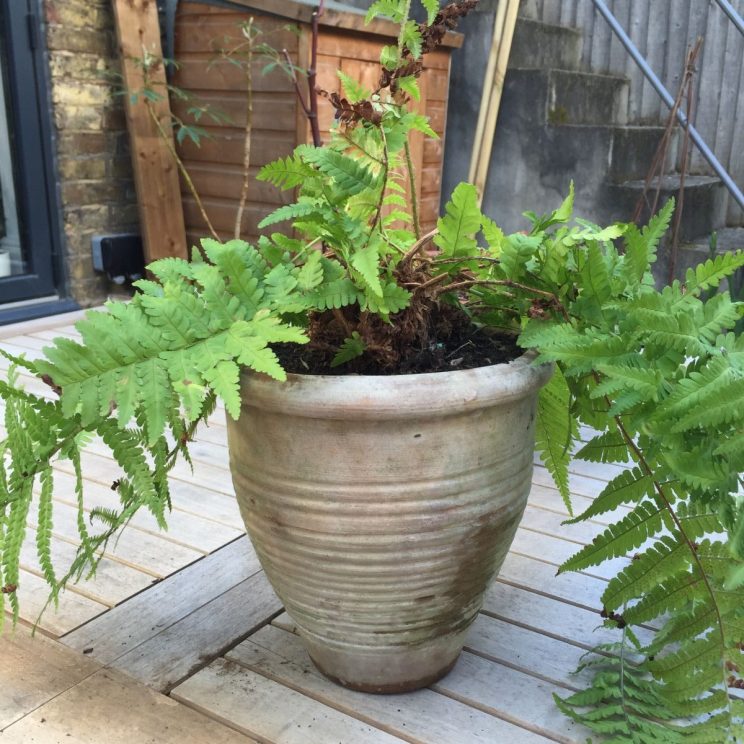
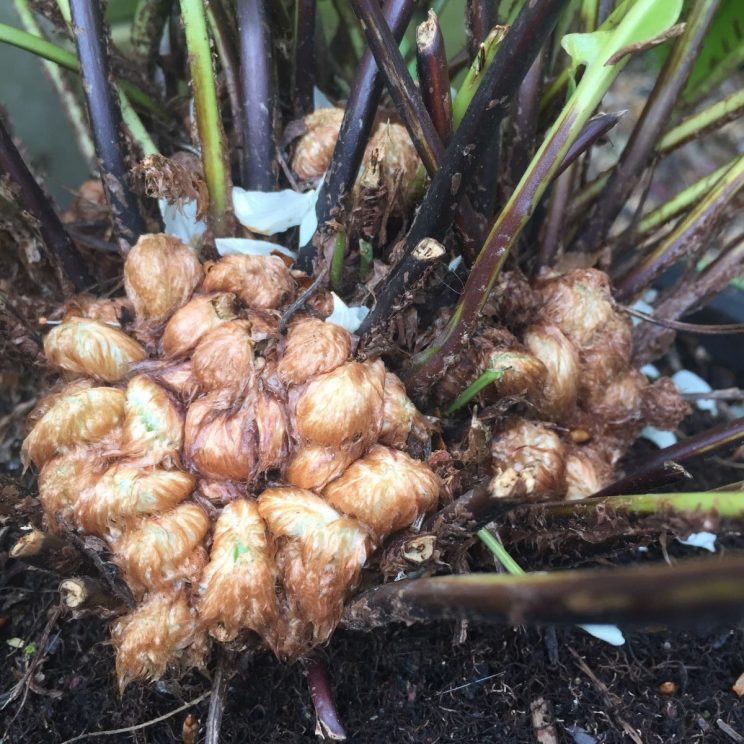
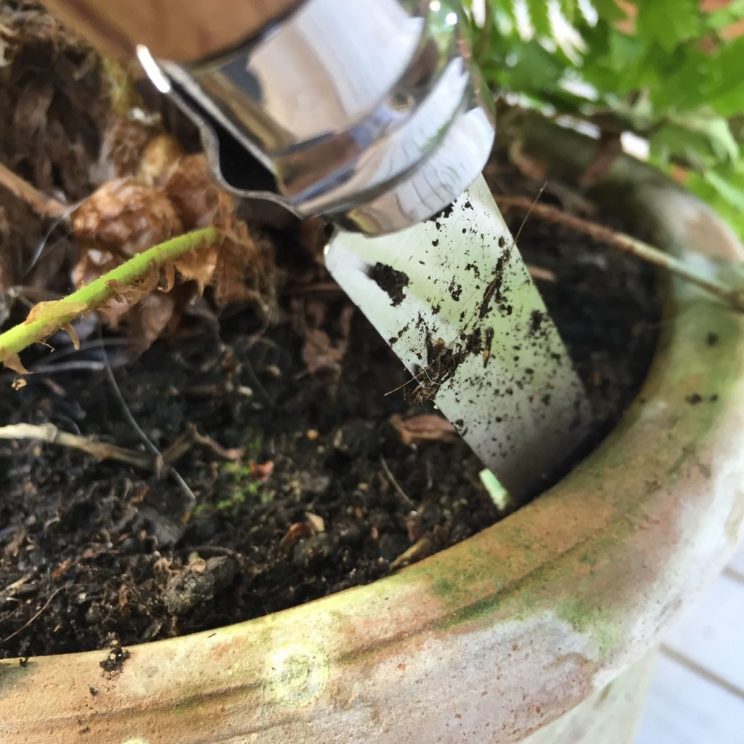
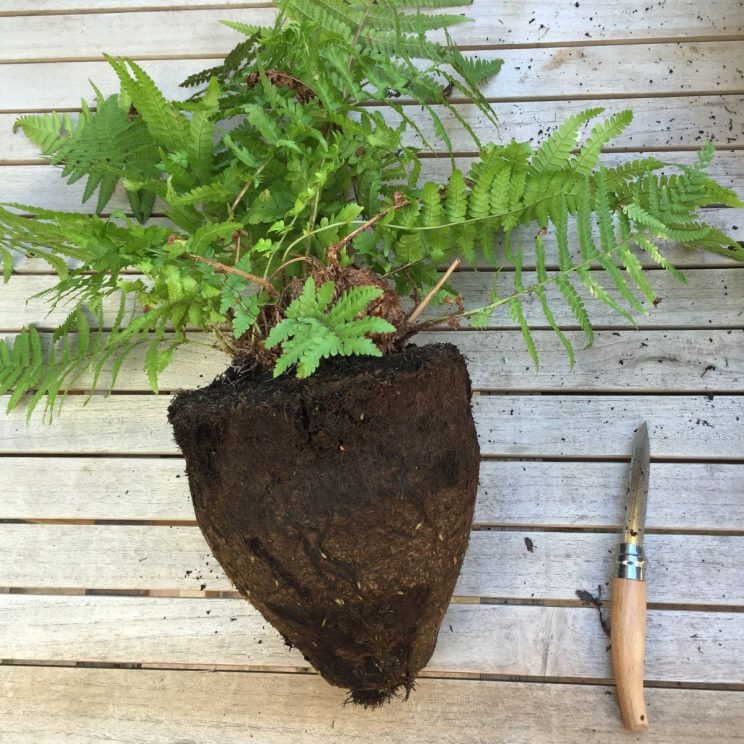
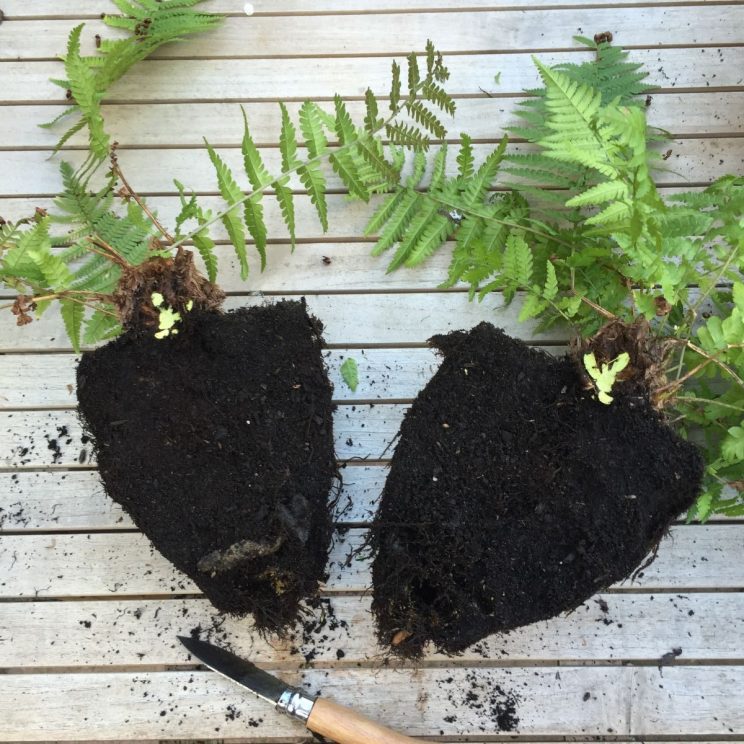
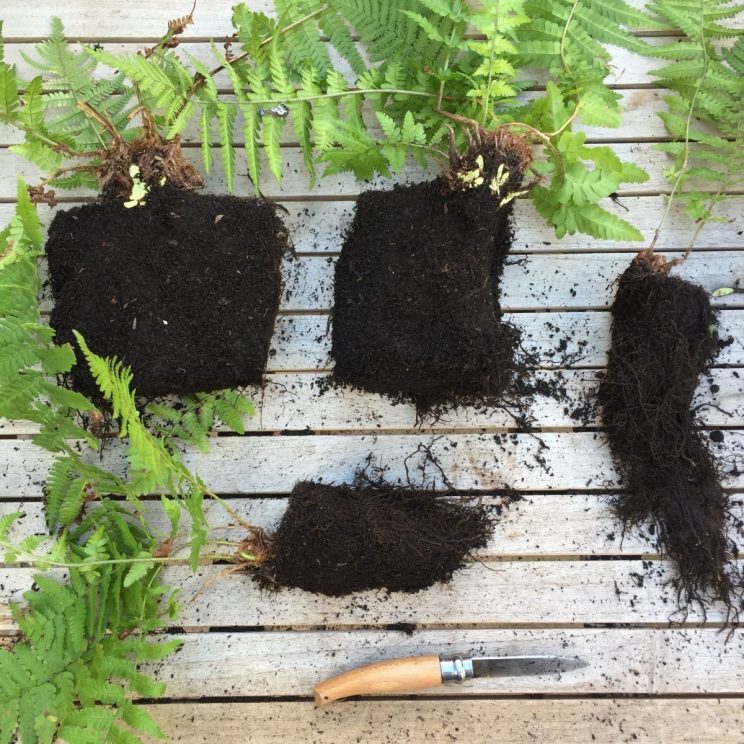




I found your info on dividing a fern very easy , thanks and good luck with your own garden , it sounds interesting , i adore ferns , they are so giving and look great in so many different areas , so hardy too , mine is an evergreen variety . I’m using the small plant to put in the top of an old tree fern that died , i dug out the centre top and have nestled in the new fern , hope it will be happy , as i will be to see the tree fern given new life .
Thought it a very instructive article and I am going to attempt to repeat what Angel has done. What fern would you suggest. It gets quite cold in the west of scotland so keep this in mind
thanks! I will start me dividing tomorrow with my asparagus fern